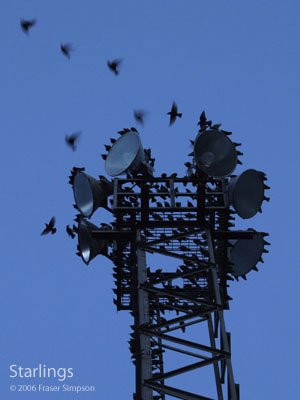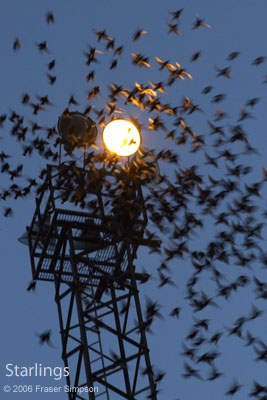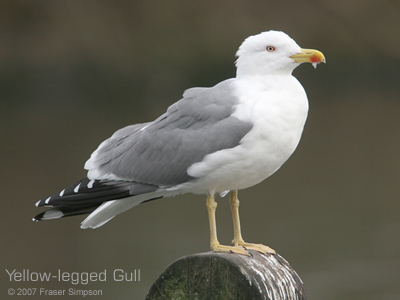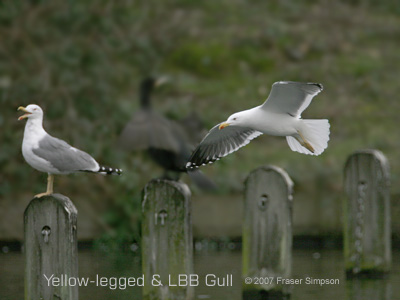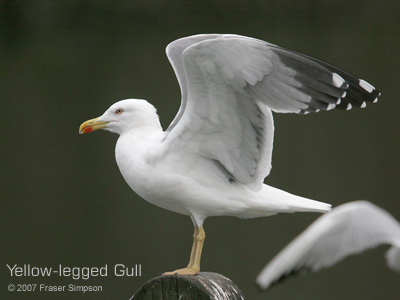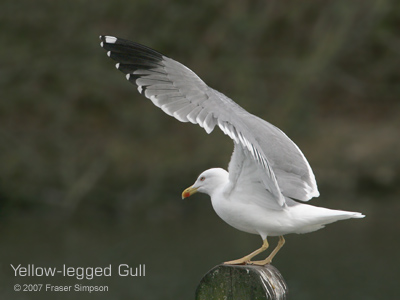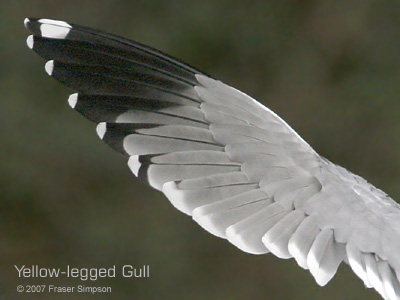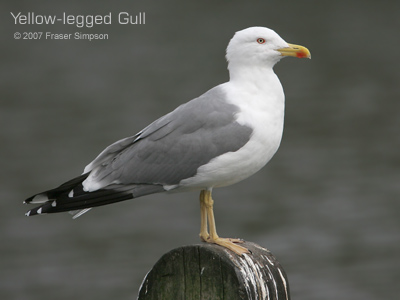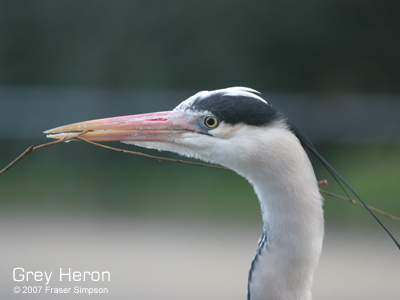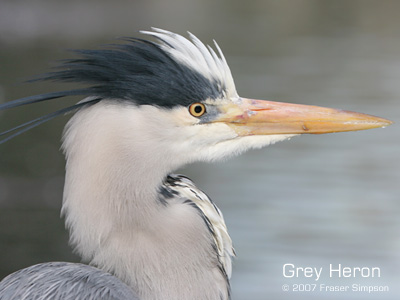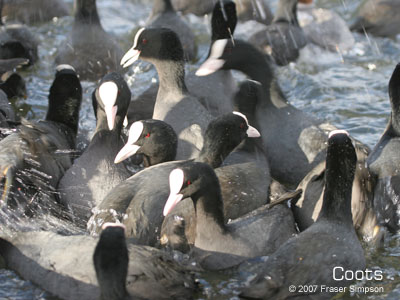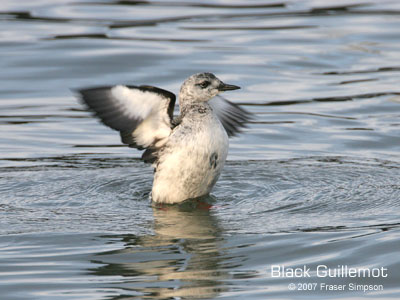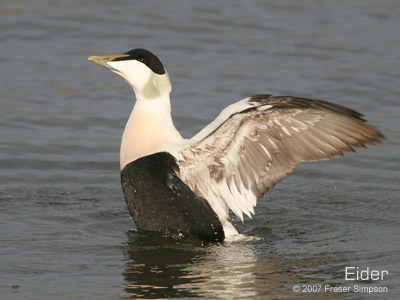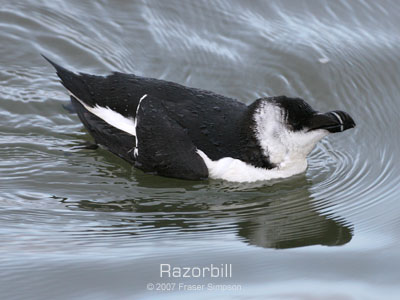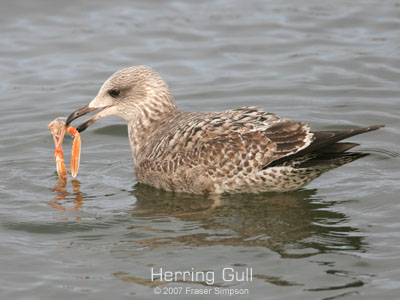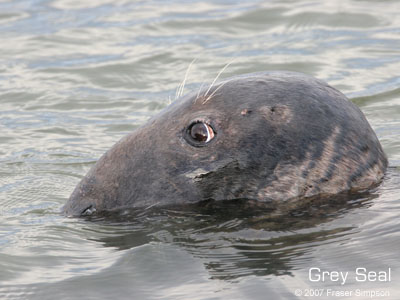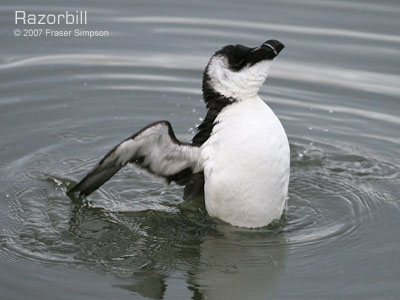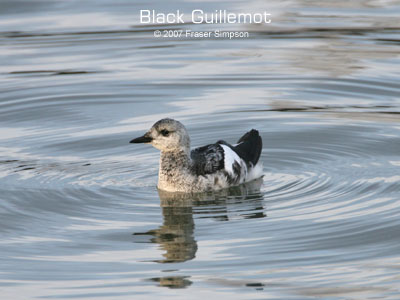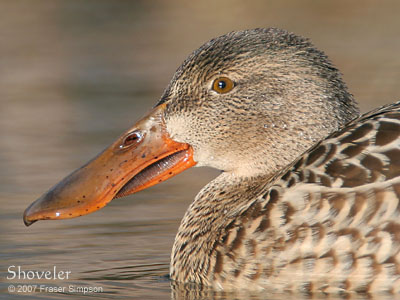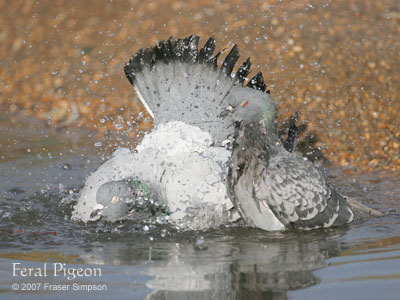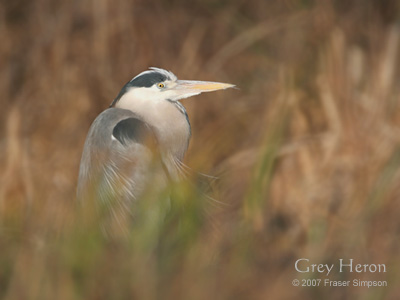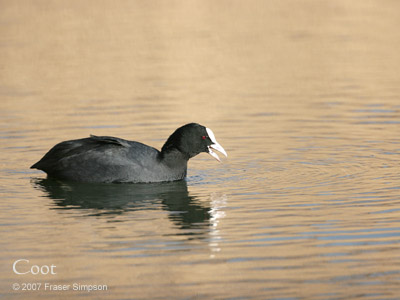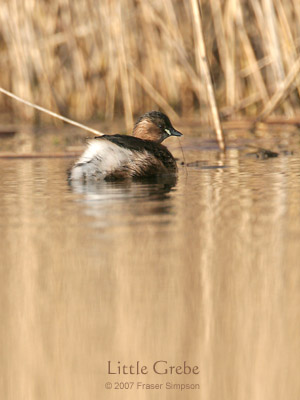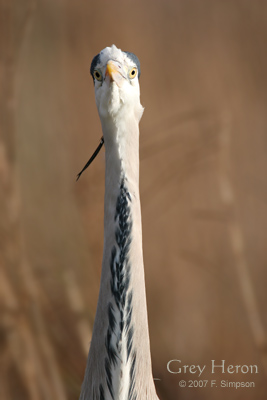Been meaning to get down to Rainham Marshes RSPB nature reserve since it officially opened on 13 November 2006. I’ve been just once before (for the Sociable Lapwing back in December 2005) so a wintering Penduline Tit and a Grey Phalarope this month were definitely worth going to see. Public transport being so slow, it was midday before I arrived and walked from Purfleet station. The phalarope was about seven miles out on Aveley Flash – hence the dodgy pic below. While waiting around for the Penduline to show I noted Black Redstart, Little Egret, Black-tailed Godwit, Shelduck, Stonechat and good numbers of duck and Lapwing. After about three hours, someone came to tell us that the Penduline Tit was showing about ¼ mile away between Aveley hide and the Tank Hill Road. It showed well, but distantly, and I couldn’t approach any closer due to the area being out of bounds and cut off by a large ditch – hence, another distant record shot.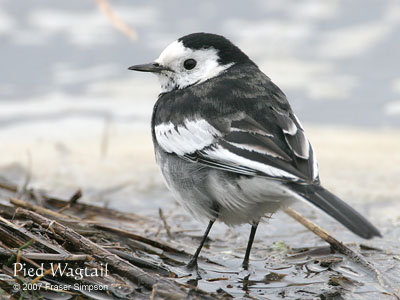
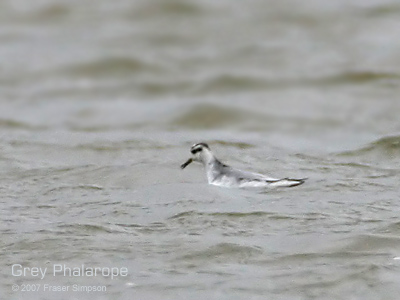
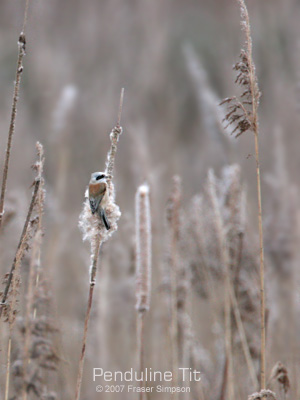
Larger photographs of the Ivory Gull, Ross's Gull, Barrow's Goldeneye and Iceland Gull are now viewable on my photography website: www.frasersimpson-birdphotography.com
Sad news... the white wanderer from the Arctic is dead.The following is from Brian Orr / Ayrshire Birding:The Ivory Gull died on 4th January 2007 whilst in care. A post-mortem today at Auchincruvie SAC in Ayr showed it died of a heavy infestation of 'roundworm'. How it caught it was undoubtedly due to the bird constantly feeding amongst live-stock in pasture fields. Any live-stock with this parasitic worm will defecate it in its faeces (dung), the dung attracts 'Ground (garden) worms' which the bird was seen eating regularly throughout its stay in Ayrshire.
Recorded over a 23-day period between 13th December 2006 & 4th January 2007. It was seen at 4 locations: first found at Greenan Castle, Ayr, then Ayr Cattle Market, Troon and Laigh Patterton Farm, near Benslie. At Troon it was first noted the bird was occasionally head shaking and gaping widely as if trying to regurgitate something, this was notably worse when it was relocated at Laigh Patterton Farm, near Benslie in the north of the county. The farmer said it had been in his flooded field for 4 days and was never seen flying off to roost at night. It appeared distressed and the decision was made to try and catch the bird and take it to the Wildlife Rescue Centre at Hellishead, near Beith. It was easily caught that night and taken in to care, unfortunately it died the following day. Its weight was 340 grams: it should have been c.550 grams.
Brian Orr, 5 January 2007
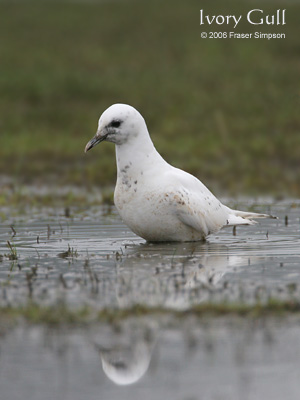
I was getting packed up for the bus (National Non-Express) back to London this afternoon when Lisa phoned me to say she had a Starling flapping around her house! Her mum had been packing the Christmas decorations away in the attic when a bird flew down and into her bathroom. The bird appeared perfectly healthy but maybe had got seriously fed up with the appalling weather of the past few days! I soon set it free after a few pics were taken.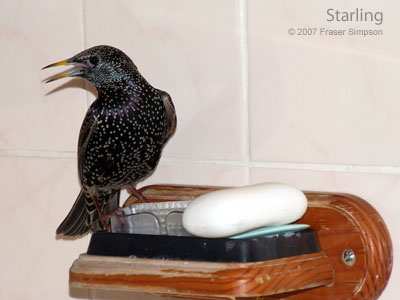
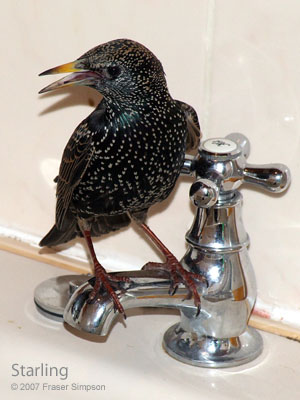
After taking my brother to Glasgow Airport for his flight back home to Spain, Lisa, my dad and I headed to the coast to kick start the New Year birding. Typically for the past few weeks, rain and strong winds characterised the day. Best were 11 Shovelers at Capringstone (a good Ayrshire count), 28 Red-breasted Mergansers and a Peregrine at Irvine Harbour, 60 Scaup at Barassie and small numbers of seabirds in Troon Harbour: one Black Guillemot, a Red-throated Diver, 12+ Razorbills, four Common Guillemots, a single Shag, 20+ Eider, a pair of Red-breasted Mergansers and four Grey Seals. After the severe gales which had caused power cuts and structural damage on Hogmanay we were surprised not to find more wrecked seabirds. The only bird we found was a dead Shag near Ballast Bank.